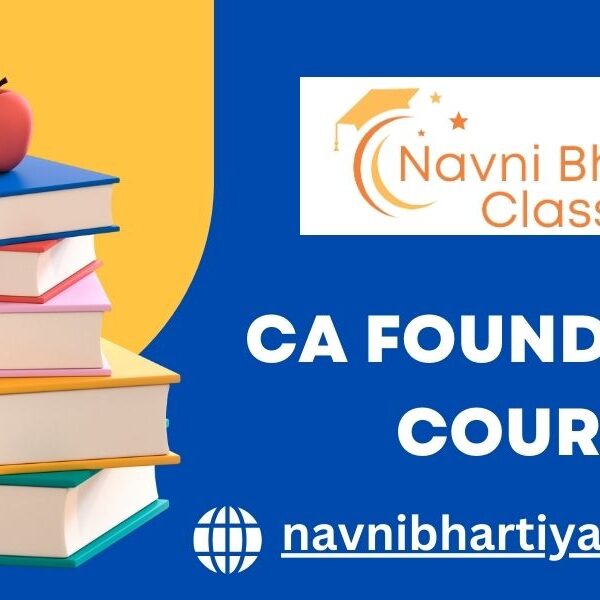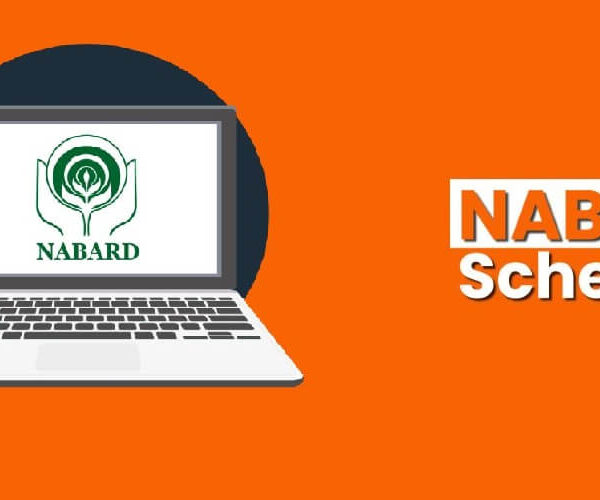
Dart in Flutter Training: A Comprehensive Guide
Dart plays a pivotal role in Flutter training, serving as the primary programming language used in developing Flutter applications. In this article, we’ll delve into What is Dart in flutter training ? and how it contributes to the proficiency of developers in building cross-platform mobile, web, and desktop applications.
Understanding Dart
Dart is a programming language developed by Google, designed to facilitate the creation of high-performance applications across various platforms. With its versatile features and syntax, Dart is tailored to meet the demands of modern application development. It combines elements of object-oriented and functional programming paradigms, making it accessible to developers with diverse backgrounds and skill sets.
The Importance of Dart in Flutter Training
Flutter, Google’s UI toolkit for building natively compiled applications, relies heavily on Dart for application development. Aspiring Flutter developers undergo comprehensive training programs that focus extensively on Dart to equip them with the necessary skills and knowledge to leverage Flutter’s capabilities effectively. Here’s why Dart is integral to Flutter training:
1. Foundational Language Skills
Flutter training begins with an introduction to Dart’s fundamental concepts, including syntax, data types, variables, and control flow structures. By mastering these foundational language skills, aspiring developers gain a solid understanding of Dart’s core principles, laying the groundwork for more advanced topics in Flutter development.
2. Object-Oriented Programming (OOP) Principles
Dart is an object-oriented language, and proficiency in OOP principles is essential for building scalable and maintainable Flutter applications. Flutter training delves into topics such as classes, objects, inheritance, encapsulation, and polymorphism, empowering developers to architect robust and modular codebases.
3. Asynchronous Programming
Asynchronous programming is a key aspect of Flutter development, particularly when handling tasks such as network requests, file I/O operations, and user input processing. Flutter training equips developers with the necessary skills to leverage Dart’s asynchronous programming features, such as async/await and Futures, enabling them to write efficient and responsive code.
4. Flutter-Specific Dart Features
Flutter extends Dart with specialized features and APIs tailored for building user interfaces. In Flutter training, developers learn about Flutter-specific Dart concepts, including widgets, state management, animations, gestures, and platform integration. This knowledge enables developers to create rich and interactive user experiences using Dart code within Flutter applications.
5. Best Practices and Design Patterns
Flutter training emphasizes the importance of adhering to best practices and design patterns to maintain code quality and consistency. Developers learn about common Flutter design patterns such as BLoC (Business Logic Component), Provider, Redux, and MVC (Model-View-Controller), gaining insights into structuring and organizing their Flutter projects effectively.
6. Real-World Application Development
Hands-on experience is integral to Flutter training, and developers are tasked with building real-world Flutter applications from scratch. By applying their Dart skills and knowledge acquired throughout the training program, developers gain practical experience in developing production-ready Flutter applications, bolstering their confidence and proficiency in Dart and Flutter development.
Mastery of Foundational Language Skills
In Flutter training, developers not only learn the syntax and basic concepts of Dart but also delve into the nuances of its language features. Understanding Dart’s type system, including static typing and type inference, is crucial for writing robust and error-free code. Moreover, mastering concepts like null safety, which Dart introduced in its latest versions, ensures code reliability and prevents runtime errors.
Advanced Object-Oriented Programming Techniques
While Flutter training covers the basics of object-oriented programming (OOP), it also delves into advanced techniques and design patterns that leverage Dart’s object-oriented features. Developers learn about design patterns such as Singleton, Factory, and Observer, which are widely used in Flutter development to manage state, handle dependencies, and structure code effectively. Additionally, understanding concepts like mixins and extension methods allows developers to extend Dart’s functionality and write concise and expressive code.
Harnessing the Power of Asynchronous Programming
Asynchronous programming is central to Flutter development, especially when dealing with tasks that involve waiting for external operations to complete, such as network requests or file I/O operations. In Flutter training, developers not only learn how to use Dart’s async/await syntax but also explore advanced asynchronous programming techniques, such as using isolates for concurrent execution and handling errors in asynchronous code. By mastering asynchronous programming, developers can write efficient and responsive Flutter applications that provide a smooth user experience.
Leveraging Flutter-Specific Dart Features
Flutter extends Dart with specialized features and APIs that enable developers to build rich and interactive user interfaces. In Flutter training, developers learn about Flutter-specific concepts such as the widget tree, which represents the structure of the user interface, and the widget lifecycle, which governs the behavior of widgets over time. Understanding these concepts allows developers to create complex UIs with ease and efficiently manage state and user interactions.
Embracing Best Practices and Design Patterns
Flutter training emphasizes the importance of following best practices and design patterns to ensure code quality, maintainability, and scalability. Developers learn about architectural patterns such as the BLoC (Business Logic Component) pattern, which separates business logic from presentation logic, and the Provider pattern, which facilitates dependency injection and state management. By adhering to these patterns, developers can write modular, testable, and maintainable Flutter applications that are easier to understand and extend.
Real-World Application Development Experience
Hands-on experience is a cornerstone of Flutter training, as it allows developers to apply their Dart skills and knowledge to real-world scenarios. Throughout the training program, developers work on a variety of projects and exercises, ranging from simple apps to more complex applications with multiple screens and features. By working on these projects, developers gain practical experience in solving common challenges, debugging issues, and optimizing performance, thus preparing them for real-world Flutter development scenarios.
https://emperiortech.com/wp-admin/post-new.php?wp-post-new-reload=true&wp-post-new-reload=true
Conclusion
In conclusion, Dart serves as the cornerstone of Flutter training, providing developers with the essential skills and knowledge needed to excel in Flutter application development. Through comprehensive training programs, developers acquire proficiency in Dart’s syntax, features, and best practices, enabling them to leverage Flutter’s capabilities effectively across multiple platforms. With its intuitive syntax, support for asynchronous programming, and rich set of Flutter-specific features, Dart empowers developers to build high-performance and visually appealing applications with Flutter. By mastering Dart in Flutter training, developers are poised to embark on a rewarding journey in cross-platform application development, armed with the skills and expertise needed to succeed in today’s competitive tech landscape.
https://emperiortech.com/wp-admin/post-new.php?wp-post-new-reload=true&wp-post-new-reload=true









